Russian forces intensified operations around Pokrovsk, the Ukrainian transport and logistics hub in Donetsk Oblast, claiming incremental advances inside the city’s industrial and rail districts. The Russian Defense Ministry said assault units were “destroying” Ukrainian formations near the railway station and had entered the Prigorodny area, attempting to consolidate positions there. Ukrainian commanders acknowledged Russian infiltrations but said defending units were still holding urban strongpoints and preventing a full breakthrough.
Ukraine’s leadership described the situation as “under pressure,” noting that Russian troops were concentrating in nearby settlements to support follow-on attacks and to probe for weak points in the Ukrainian line. Kyiv reported that Russian assault groups were generally small—four to five soldiers—and were often operating without armored vehicles, a pattern consistent with recent Russian infantry-heavy tactics in urban terrain. Ukrainian units said they repelled attempts to sever a supply route from Rodynske to the north, an action that, if successful, would have complicated resupply of the city.
Pokrovsk had a prewar population of about 60,000 and sits on road and rail links that connect Ukrainian positions deeper in Donetsk. Control of the city would provide Russia with a platform to push toward Kramatorsk and Sloviansk, the two largest Ukrainian-held cities remaining in the region. For Moscow, that makes the location operationally significant even if the current fighting is yielding only block-by-block changes.
Russian objectives and methods
Open-source assessments indicate that Russia is prioritizing Pokrovsk and nearby Myrnohrad over other axes in Donetsk, reallocating units from less active sectors to increase pressure on the city. Russian assault patterns show repeated attempts to bypass Ukrainian strongpoints, using reconnaissance, drones, and small infantry elements to identify firing positions before committing more capable troops. Ukrainian officers reported that Russian forces are accepting high personnel losses to maintain constant contact and force Ukraine to reveal artillery and drone crews.
Russian military channels also claimed successes against Ukrainian special operations elements that had been inserted into contested areas to reopen logistics corridors. Kyiv denied that those units had been destroyed and said special forces, military intelligence, and assault brigades remained active inside the city. That exchange underscores how dynamic the urban fight is: both sides are pushing small, high-value teams forward to contest streets and apartment blocks, even while neither controls the entire urban area.
Strategically, Russian commanders appear to be seeking a repeat of the pattern seen in Avdiivka in early 2024—slow encirclement, pressure on supply lines, then exploitation once Ukrainian positions become too costly to defend. Analysts note, however, that Ukrainian counterattacks north and northwest of the city have prevented a clean envelopment, which is why Moscow continues to report advances in multiple, small sectors rather than a single decisive movement.
Ukrainian defense and urban reinforcement
Ukraine responded by deploying additional special operations and rapid-response units into Pokrovsk to reinforce exhausted formations and to stabilize sectors threatened by Russian infiltration. Commander-in-Chief Oleksandr Syrskyi said the goal was to “destroy and dislodge” Russian forces operating inside the city and to maintain logistics to Pokrovsk and neighboring Myrnohrad, stressing that there was no full encirclement despite Russian statements to the contrary. These units are being used for short, targeted actions—clearing buildings, securing intersections, and pushing Russian groups back from supply routes.
Ukrainian planners continue to view the city as a hinge for the wider Donetsk defense. As long as roads in and out remain usable, Kyiv can rotate troops, deliver ammunition, and evacuate wounded. That is why Ukrainian reports repeatedly mention holding Rodynske and Hryshyne to the north and pushing Russian units away from the main approaches—those areas are the levers that decide whether Pokrovsk can be sustained.
At the same time, Ukrainian forces are striking Russian staging areas and logistics nodes elsewhere in eastern Ukraine and inside Russia to slow reinforcement cycles. These actions do not directly change the urban fight in Pokrovsk but are intended to reduce the tempo of Russian assaults and to prevent fresh battalions from arriving faster than Ukrainian units can clear them.
NATO resupply and Patriot deployments
While ground combat is centered on Pokrovsk, Ukraine is receiving new air defense assets from NATO partners, including additional U.S.-made Patriot systems delivered via European stocks. President Volodymyr Zelenskyy said more Patriots are in-country and being placed on combat duty to counter Russia’s increased missile and drone strikes, which have accompanied the push on the eastern front. Germany, in particular, transferred further Patriot batteries after securing backfill assurances, and NATO is coordinating the broader package of heavy systems for Ukraine.
These air defense reinforcements matter because Russia has been pairing ground advances with strikes on infrastructure, repair bases, and energy facilities that support Ukraine’s war effort. Patriots give Ukraine an improved capability against ballistic and cruise missiles, helping protect command nodes and logistics hubs that feed front-line cities like Pokrovsk. Kyiv has said more systems are still needed to cover all critical sites, but the latest deliveries close some of the gaps that opened as Russia increased its strike volume in October and early November.
NATO capitals are also using the Patriot shipments to signal staying power—showing that even as Russia pursues incremental territorial gains in Donetsk, Ukraine will remain supplied with high-end defensive systems. This does not alter the local balance inside Pokrovsk street by street, but it directly affects Ukraine’s ability to shield the logistics and industrial network that sustains that fight.
Outlook
Short term, the battle for Pokrovsk remains a close fight. Russia has forces inside parts of the city and claims to be digging in around the railway and industrial areas; Ukraine insists its defensive operation is ongoing, that supply routes are still open, and that Russian reports of encirclement are overstated. Both can be true at once in urban warfare: partial penetrations without full control.
The central variables to watch are whether Russian units can finally cut the northern supply line, whether Ukrainian special forces can keep clearing infiltrated pockets, and whether fresh Russian troops continue to arrive faster than Ukrainian defenders can rotate. If Russia consolidates in Prigorodny and pushes further west, Pokrovsk becomes harder to hold. If Ukraine keeps logistics running and uses new air defenses to shield rear areas, it can prolong the defense and force Russia into another drawn-out urban grind similar to Avdiivka.


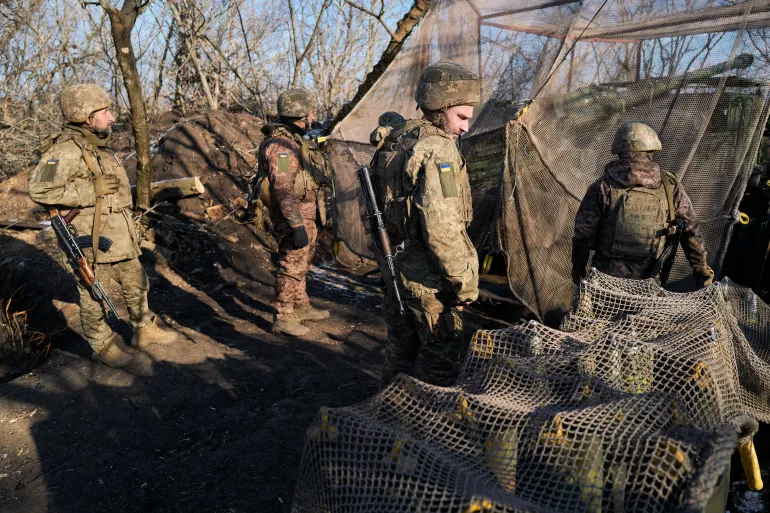

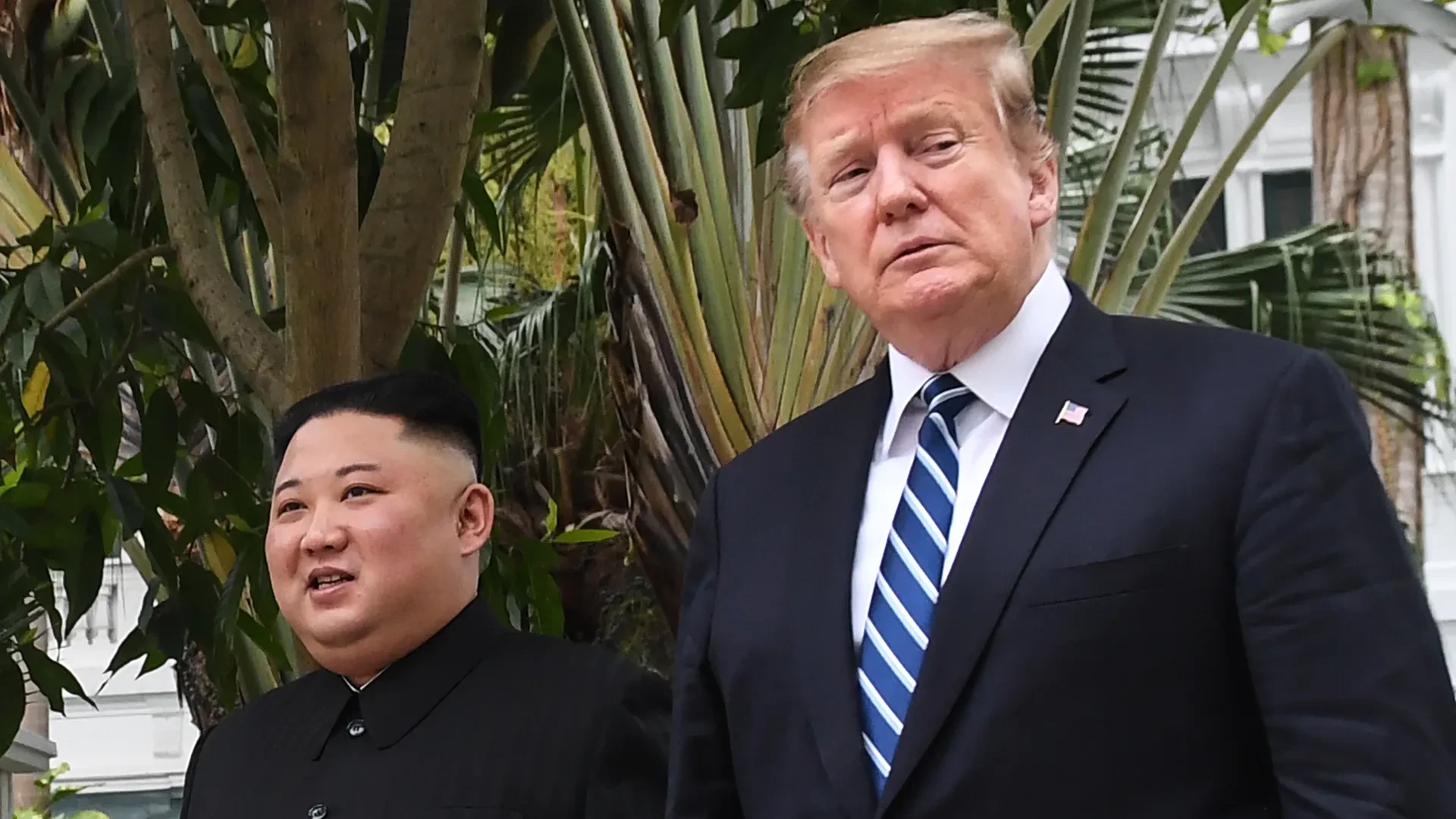

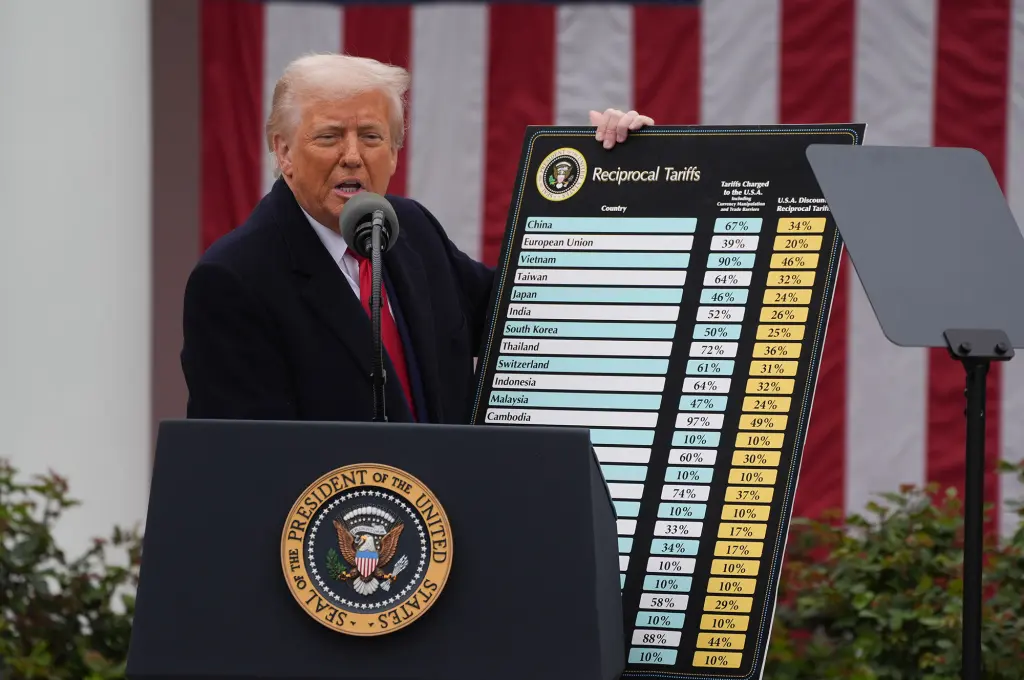


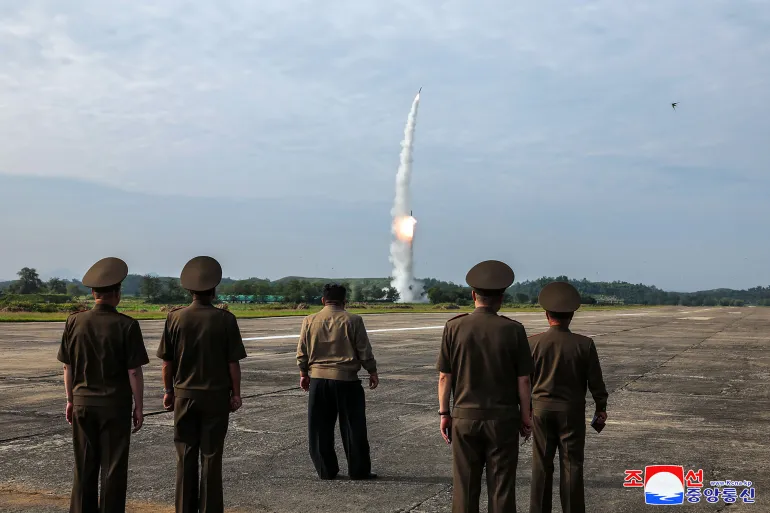


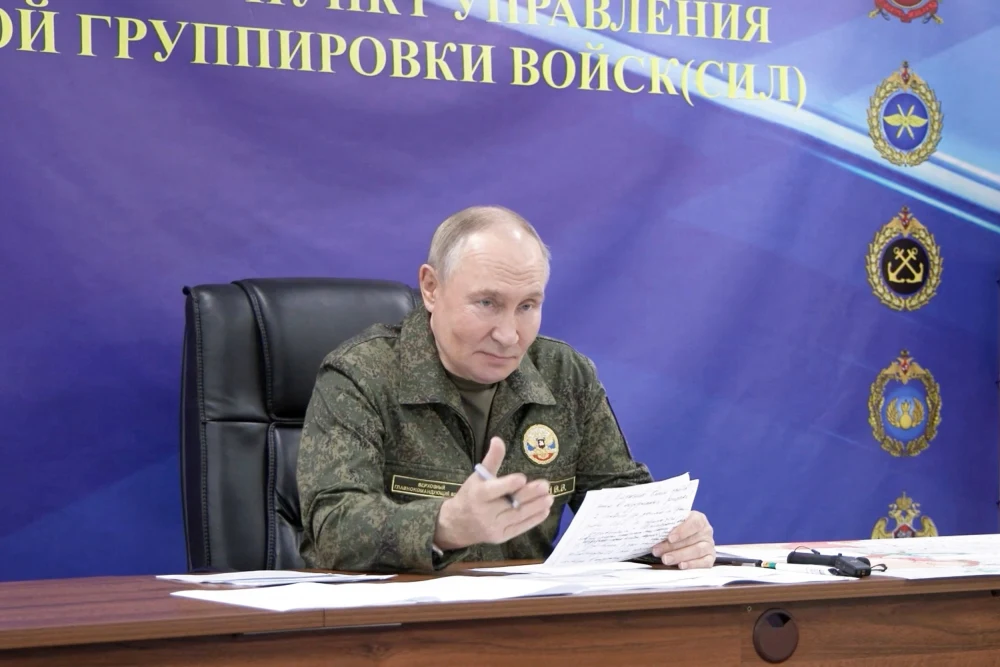

Discussion